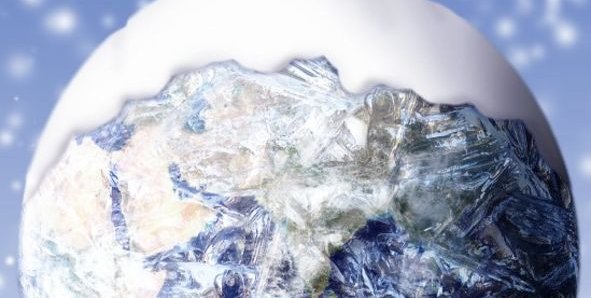
Imagine a world without liquid water — just solid ice in all directions. It would certainly not be a place that most life forms would like to live.
And yet our planet has gone through several frozen periods, in which a runaway climate effect led to global, or near global, ice cover. The last of these so-called “Snowball Earth” glaciations ended around 635 million years ago when complex life was just starting to develop. It’s still uncertain if ice blanketed the entire planet, or if some mechanism was able to halt the runaway.
With support from the Exobiology & Evolutionary Biology element of the NASA Astrobiology Program, a team of scientists has been taking global climate models — the ones most people use to predict where our planet is heading in the future — and modifying them to study where our planet has been in the past.
